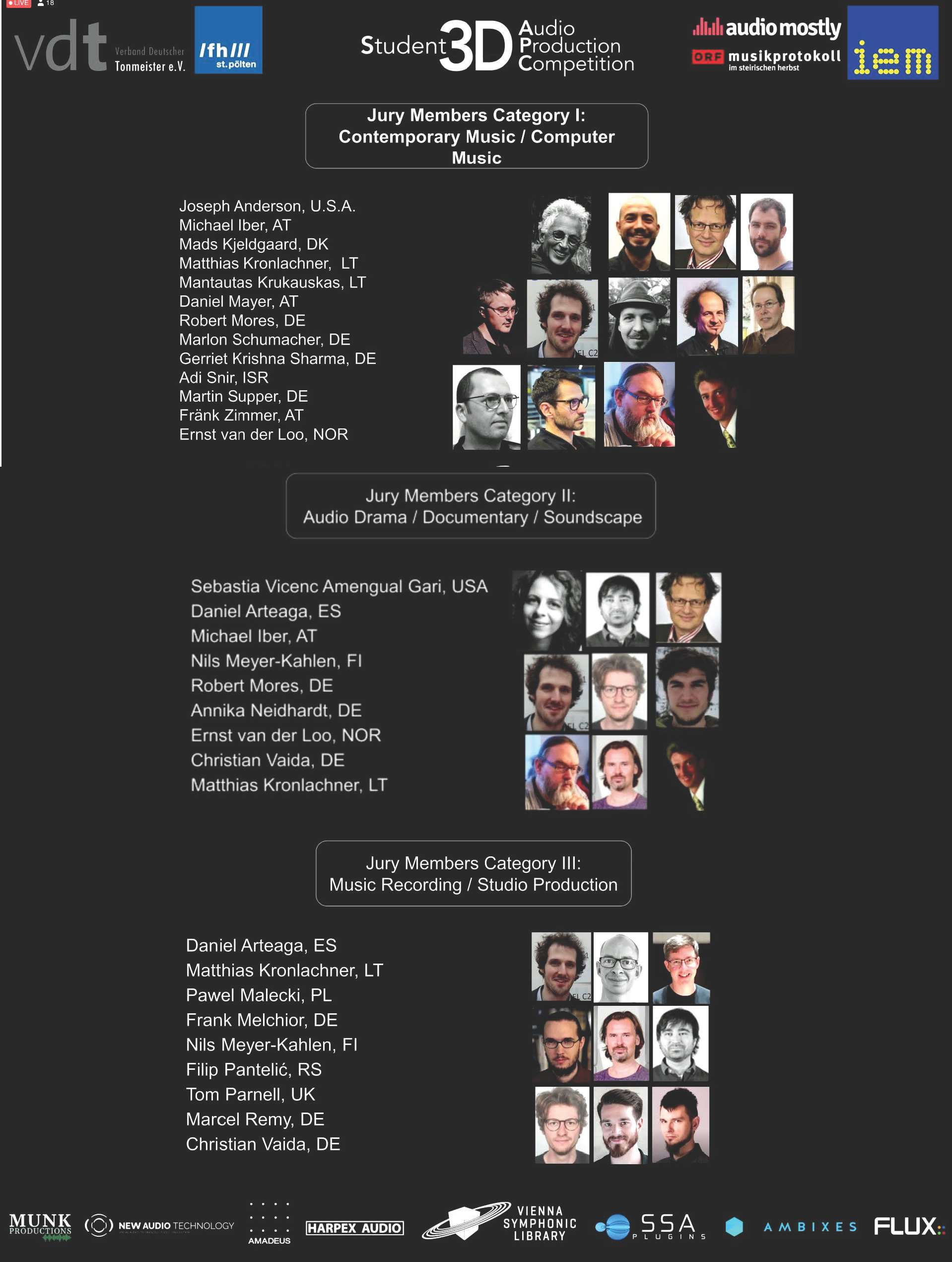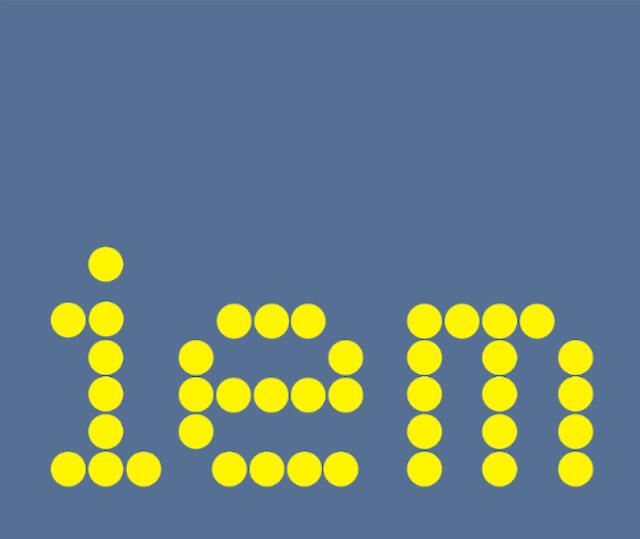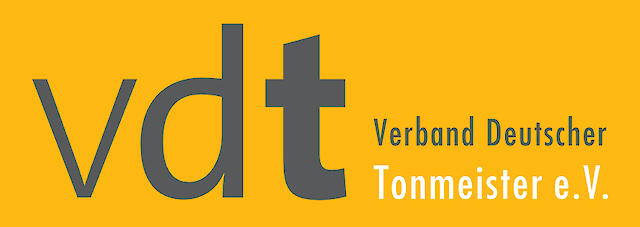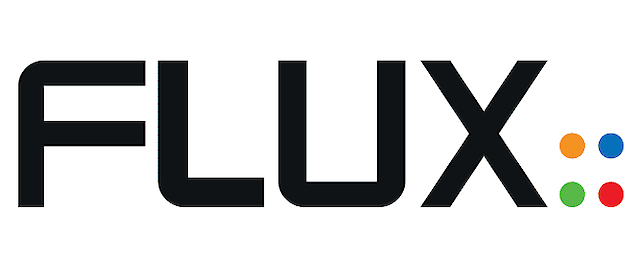Europe's Sixth Student 3D Audio Production Competition in Ambisonics 2022
In 2022, the Student 3D Audio Competition was announced for the sixth year in a row. The submissions were again high quality and elaborate, peppered with trend-setting ideas. The award ceremony took place on Saturday, October 8, 2022, from 7 pm in Graz, online and with public viewing events each with binaural sound. On October 7, the nominated pieces were already presented as part of the ORF musikprotokoll.
Read more ...
The 3D categories:
- Contemporary / Computer music
- Audio drama / Documentary / Soundscapes
- Music recording / Studio production
Block 3
Many contributions with highest quality – The 2022 competition was a great success. Listen to the winning productions of the finals:
The winner productions
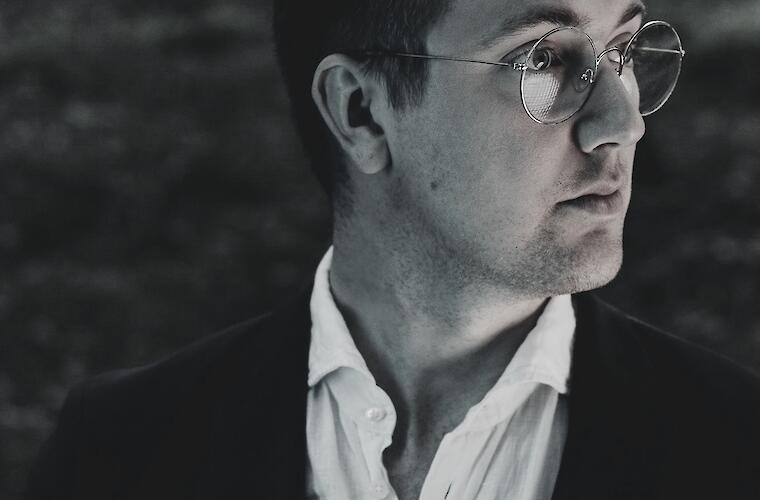
Otto Iivari
Gold Winner in Category 1: Contemporary Music, Computer Music

Johanna Sulalampi
Silver Winner in Category 1: Category 1: Contemporary Music, Computer Music
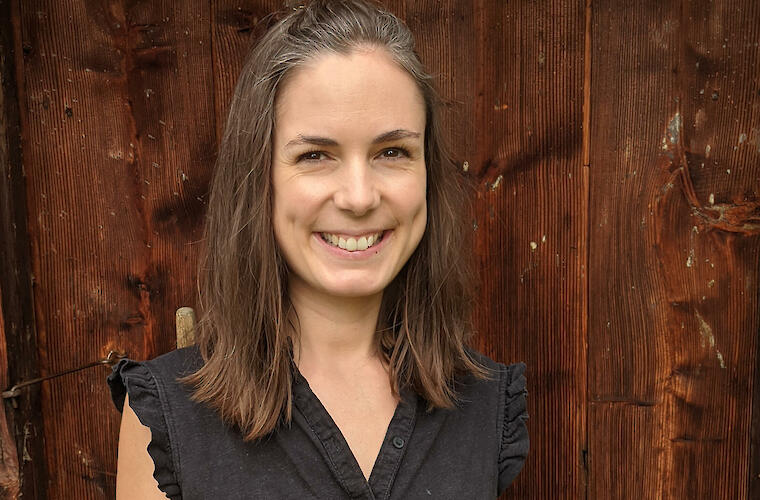
Anna Maly
Bronze Winner in Category 1: Contemporary Music, Computer Music
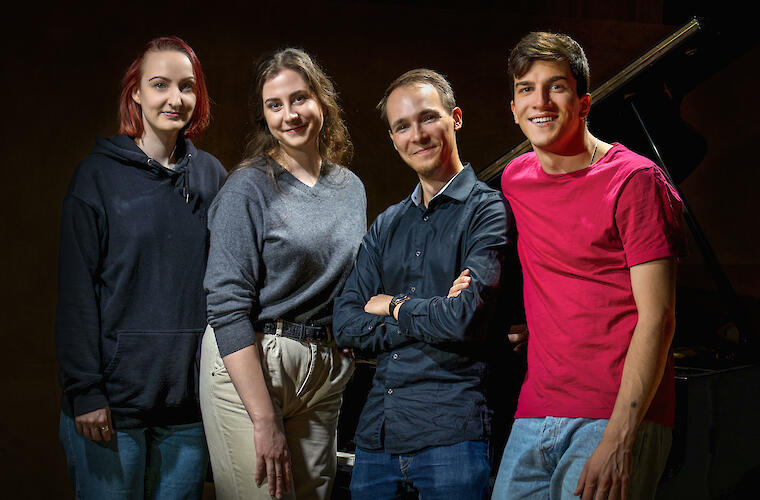
Pietari Nurmi, Kamila Kondraciuk, Mia Savo, Teodors Kerimovs
Gold Winner in Category 2: Audio Drama / Documentary / Soundscapes
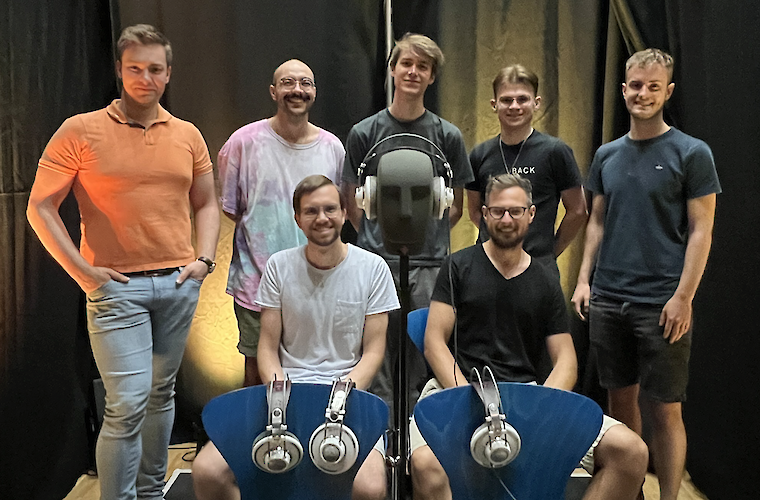
Tim Philipp, Roland Ernst, Jens Kothe, Andreas Kraft, Arne Morgner, Lukas Münter, Christian Tobias
Silver Winner in Category 2: Audio Drama / Documentary / Soundscapes
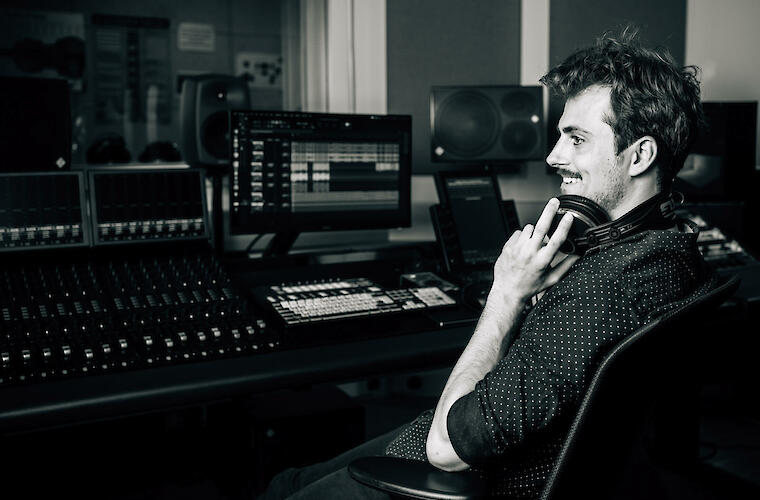
Philipp Gierlinger
Bronze Winner in Category 2: Audio Drama / Documentary / Soundscapes

Benedikt Ernst, Walter Schimon
Gold Winner in Category 3: Music Recording / Studio Production
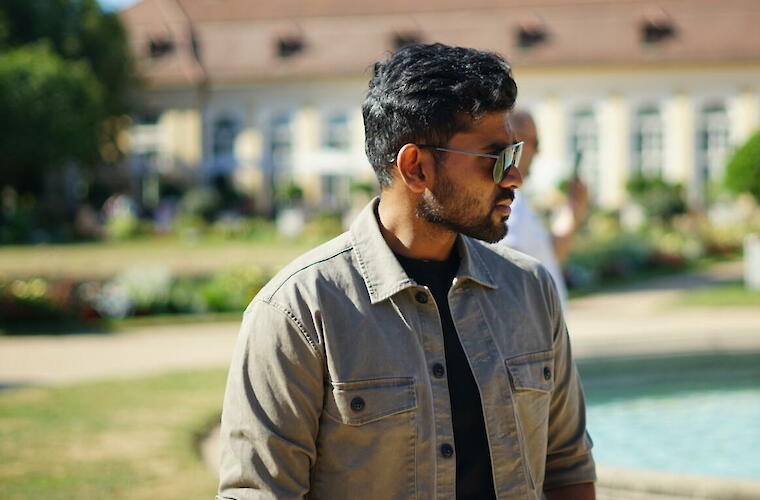
Rohith Sakthy
Gold Winner in Category 3: Music Recording / Studio Production

Christoph Bus
Bronze Winner in Category 3: Music Recording / Studio Production
Sponsors of the Competition
IEM Graz together with the ORF musikprotokoll, FH St. Pölten and the VDT
The Competition is a cooperation of the Institut für Elektronische Musik und Akustik der Kunstuniversität Graz (IEM) and Verband Deutscher Tonmeister (VDT), and this year for the first time also with the ORF musikprotokoll. ORF musikprotokoll will provide the framework for the finals and the award ceremony. The fourth partner is the FH St. Pölten, on whose Audio Mostly the semi-finals took place.
The contribution format is 5th order Ambisonics as there are many free production tools available and no licence fees have to be paid. Contributing to the Competition is an important step for the students into the professional world of pro audio. At the same time there are attractive prizes for the winners waiting.
Headtracking with Camera-Tracked 3D Audio Player (Cat3DA)
Wie bekommt man eine mehrkanalige immersive-Audio-Aufnahme übers Web zum Zuhörer? Eine gute Basis bietet der neue HOAST-Player (Higher-Order Ambisonics Streaming Platform), ein Tool, mit dem man bis zu 4th Order Ambisonics-Aufnahmen streamen kann. Für unseren Event haben es die Kollegen des IEM mit einem Headtracking kombiniert, das auf dem Rechner des Betrachters berechnet wird. Als Motion-Tracking der Kopfbewegungen wird die Webcam des eigenen Rechners verwendet.
Um das Headtracking zu nutzen, müssen Sie Ihre Webcam freigeben.
Die Kombination aus HOAST und dem Headtracker, zusammen mit den Competition-Produktionen der Student’s 3D Audio Production Competition 2020 hier bei VDT-Live stellt ein Experiment dar, mit dem wir die Vorteile des Headtrackings mit binauraler Wiedergabe übers Internet erfahrbar machen wollen.
Besuchen Sie auch die HOAST Library des IEM.
How can we deliver multi-channel immersive audio content across the web to the listener? A good basis has been established with the new Cat3DA player (camera-tracked 3D audio player), a tool that allows to stream channel-based 3D audio cotent that the local browser of the listener rendered to head-tracked headphone playback. The motion capture of the head rotations is done by the webcam of the listener's computer.
To make use of it, webcam use must be allowed in the browser tab running the cat3da player.
The combination of Cat3DA including head tracker, together with the competing productions of the Student’s 3D Audio Production Competition 2020 are experimental content of the VDT-Live event by which the advantages of headtracking to binaural playback over the web can be perceivably experienced. The programmers of Cat3DA recommends the following browsers for playback: Firefox, Opera, or Chrome.
The Real-time processing of the headtracking information and the audio processing that it controls pose a certain computational load, and altogether some initial pacience when loading. At the same time, sufficient bandwith to receive the multi-channel audio stream is required. We therefore recommend a good internet connection. If you consider following the stereo live stream of the S3DAPC finals ceremony and intend to change listening to the on-demand Cat3DA streams for their higher spatial-audio resolution while the submissions play back during the ceremony, maybe consider using two independent computers.
More information about our binaural audio player
Die nominierten Produktionen der drei Kategorien „Contemporary / Computer music“, „Audio drama / Documentary / Soundscapes” und „Music recording / Studio production“ können über den Link unter der jeweiligen Produktion binaural abgerufen werden. Am besten verwendet man einen ohrumschließenden Kopfhörer. Wer über einen leistungsfähigen Rechner verfügt, kann dabei sogar die Kopfposition und die Kopfausrichtung über ein Webcam-gestütztes Headtracking einrechnen lassen. Mit einem weniger leistungsfähigen Endgerät verwendet man am besten den 0-DoF-Modus, einstellbar im Player-Fenster, bei dem kein Headtracking berechnet werden muss. Die reine Audiowiedergabe benötigt nur wenig Ressourcen.
Zum Verständnis für alle, die wissen wollen, warum beim Headtracking plötzlich alles so lange dauert: Wir verwenden mehrkanalige Opus-(Audiotracks) und Wave-Dateien (Faltung). Die 12-kanaligen Opus-Dateien enthalten die Signale für 12 virtuelle Lautsprecher (7.0 + 5 elevierte Lautsprecher). Diese 12 Signale werden an ihren kartesischen Positionen in Ambisonics 3. Ordnung enkodiert und dann binaural für Kopfhörer dekodiert. Dies entspricht einer Faltung mit 16 x 2 Impulsantworten. Wenn sich die Kopforientierung ändert und über das Tracking detektiert wird (bei den Player-Einstellungen 3 DoF und 6 DoF), dann werden die Lautsprecherpositionen rechnerisch mitgedreht.
Wenn sich die Position durch das Tracking ändert (nur bei 6 DoF), weil man den Kopf seitlich bewegt oder ihn mehr vom Rechner entfernt, berechnet der Algorithmus eine Verzerrung der Winkel, eine Rotation und eine Anpassung der individuellen Lautsprecherpegel. Zusätzlich werden allen Lautsprechersignale aufsummiert und in eine lange 1x2-Faltung geschickt. Diese enthält binaurale Raumimpulsantworten von verschiedenen Studioräumen. Dadurch ist eine Anpassung an den realen Abhörraum möglich (Player-Einstellung), um die Raumdivergenz zu vermeiden und eine Außerkopfwahrnehmung der virtuellen Lautsprecher zu ermöglichen. Kurz gesagt: Der Player simuliert ein komplettes Studio mit Lautsprechern interaktiv über Kopfhörer. Das kann sonst übrigens kein anderer Player!
